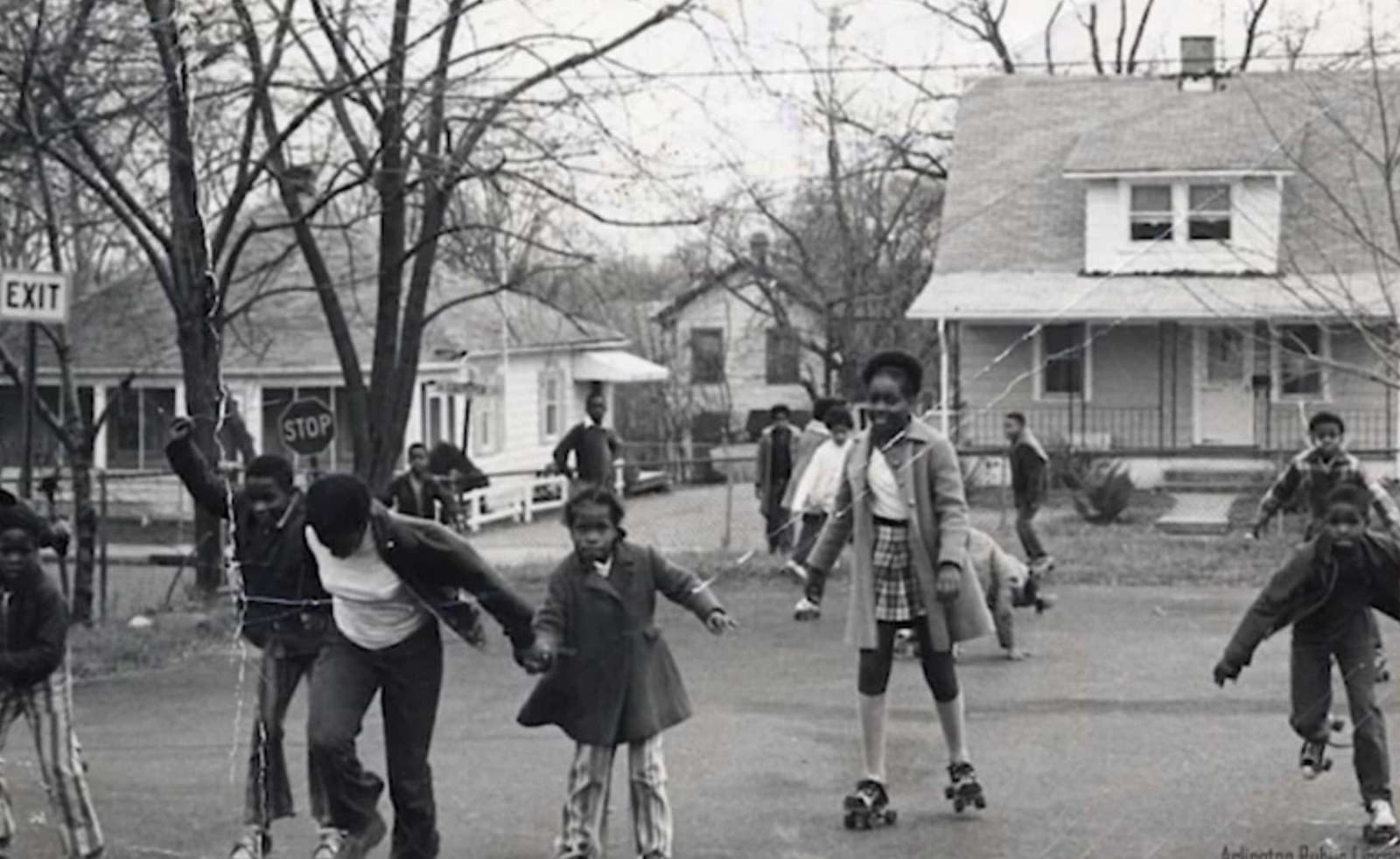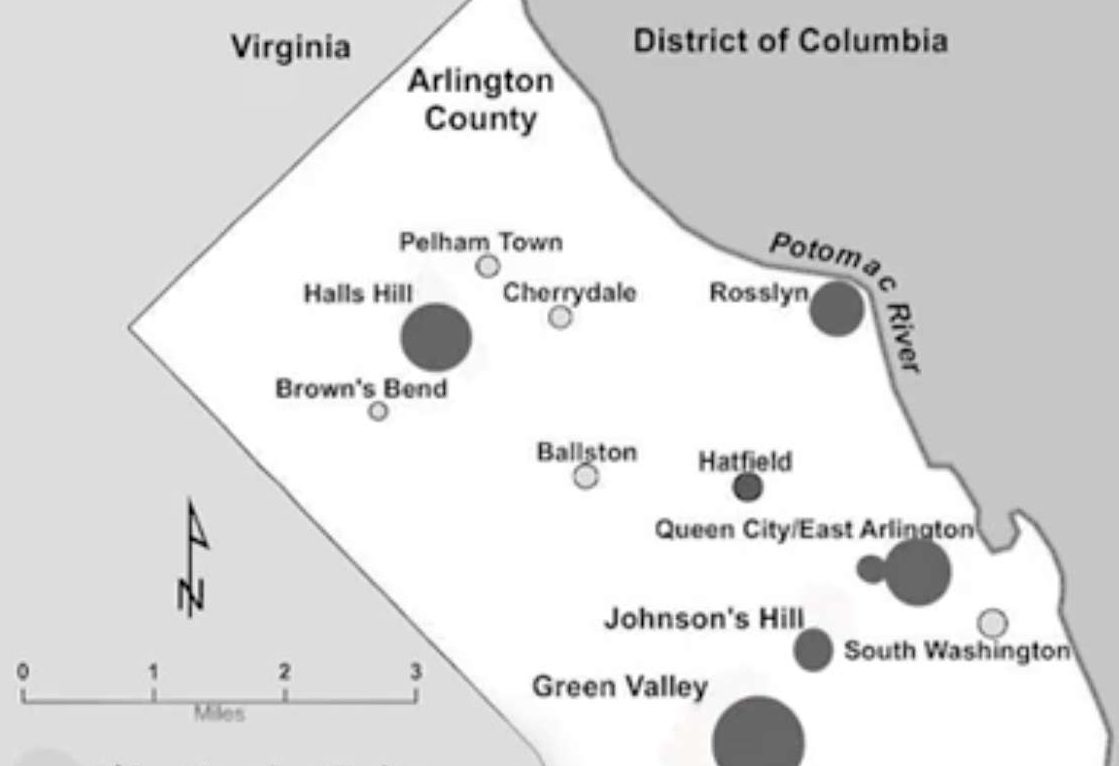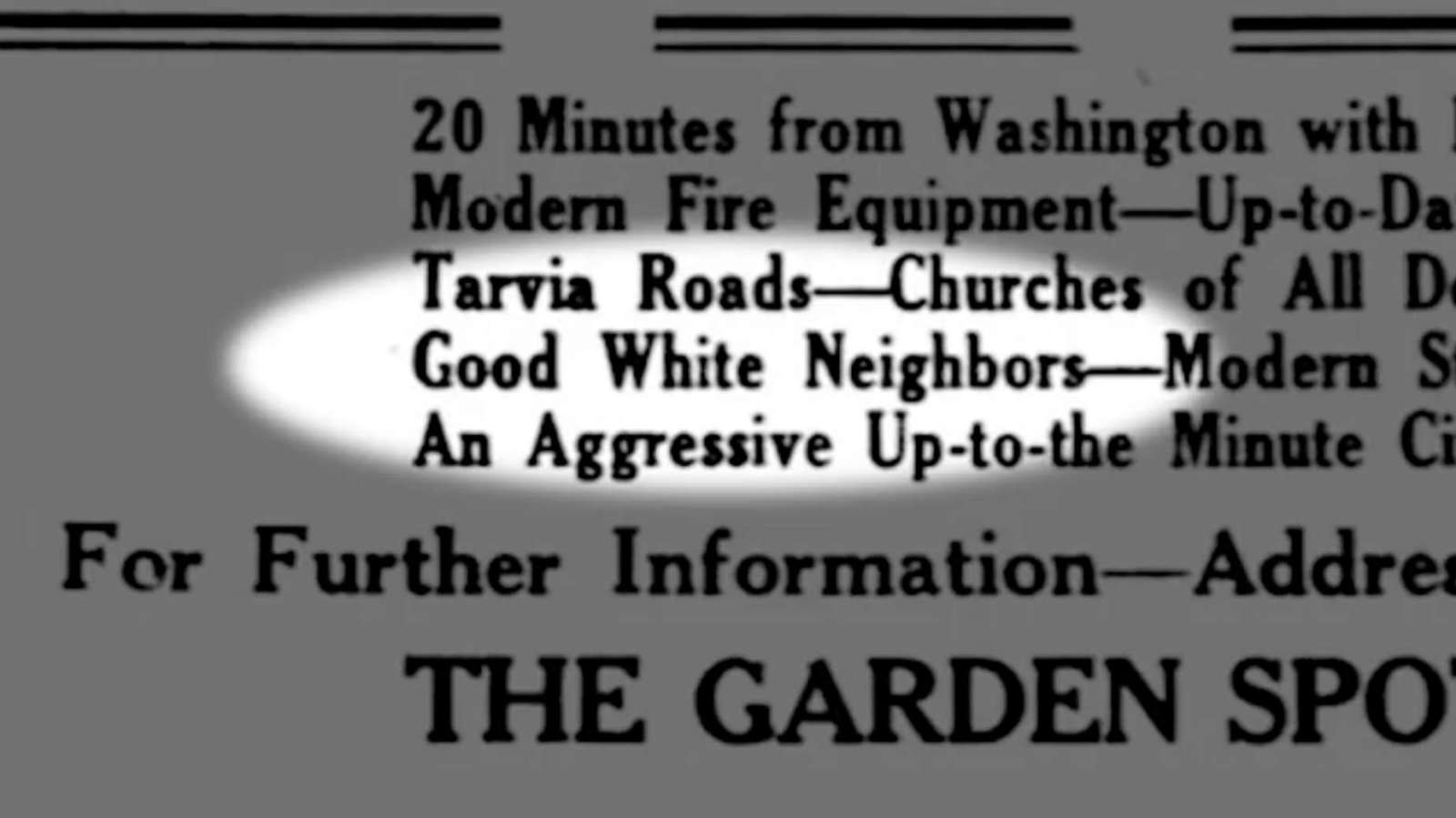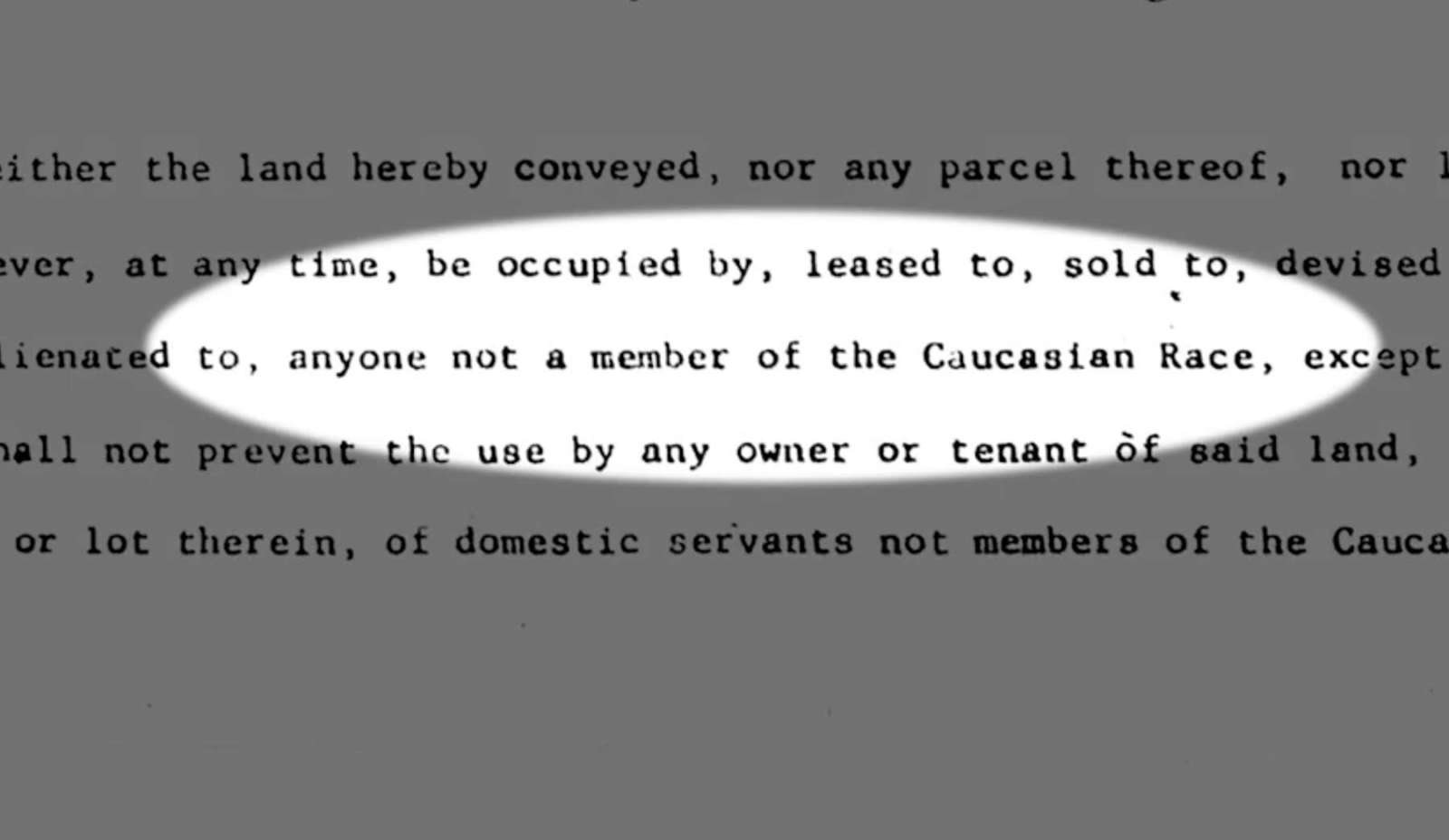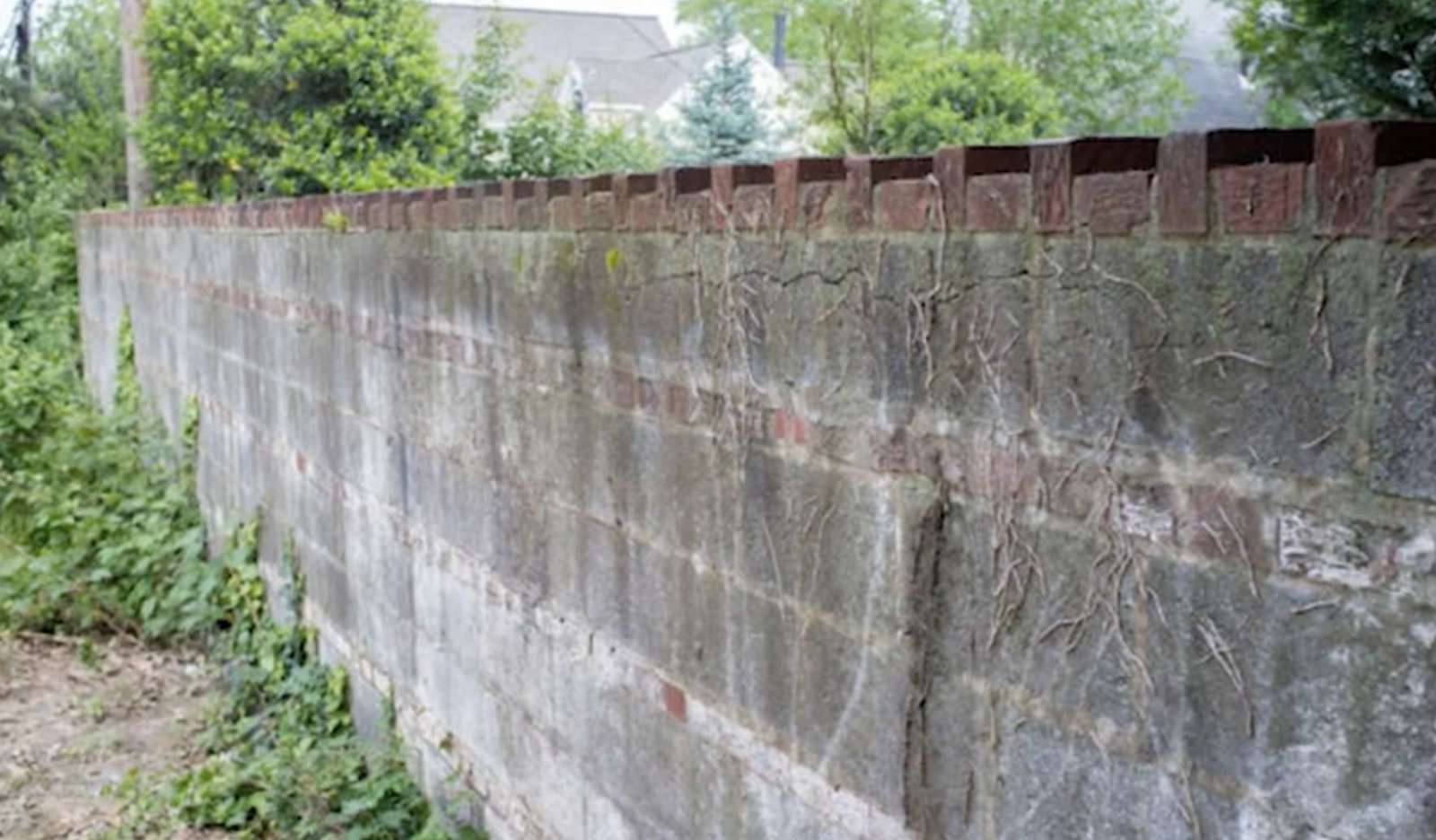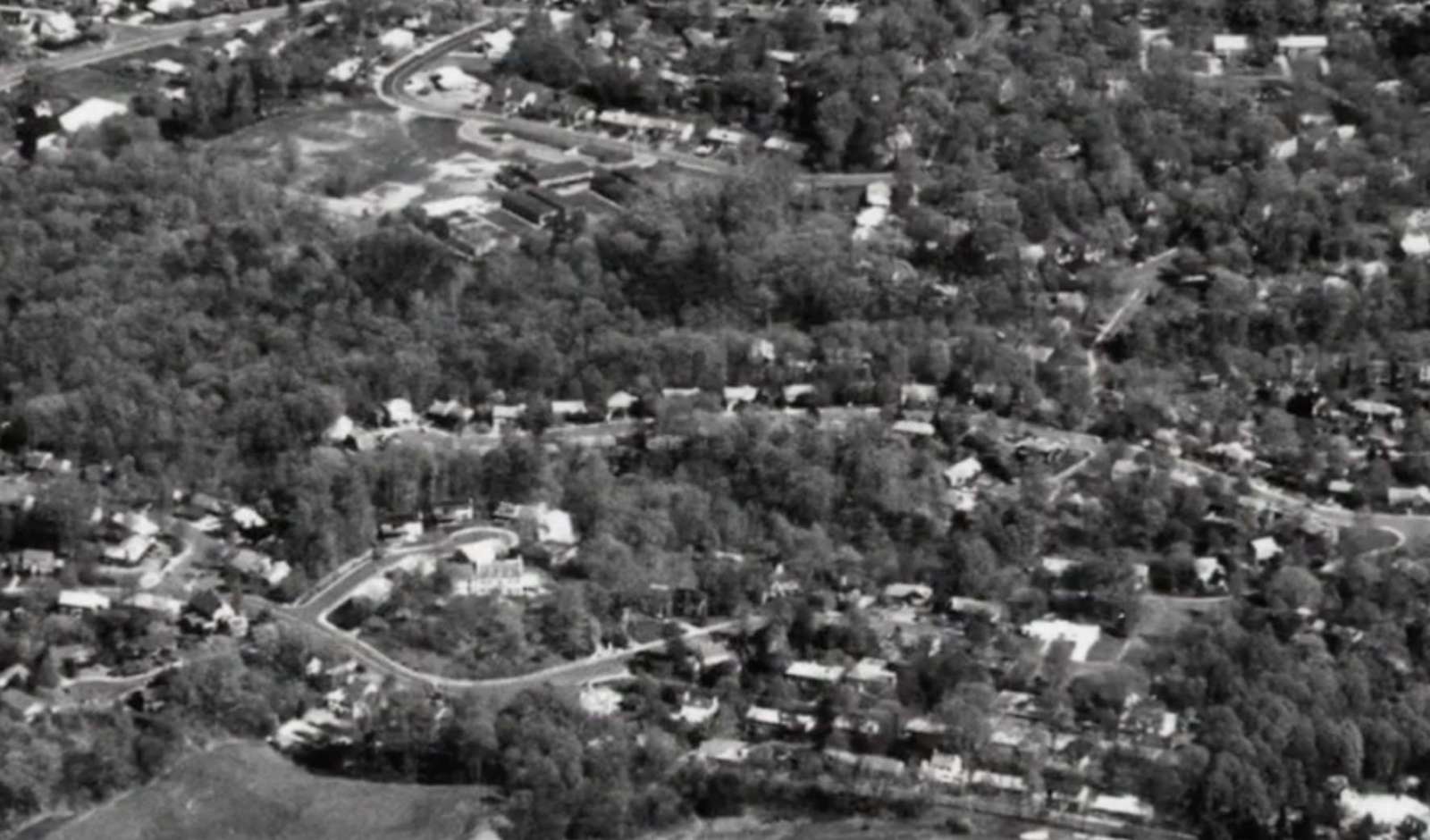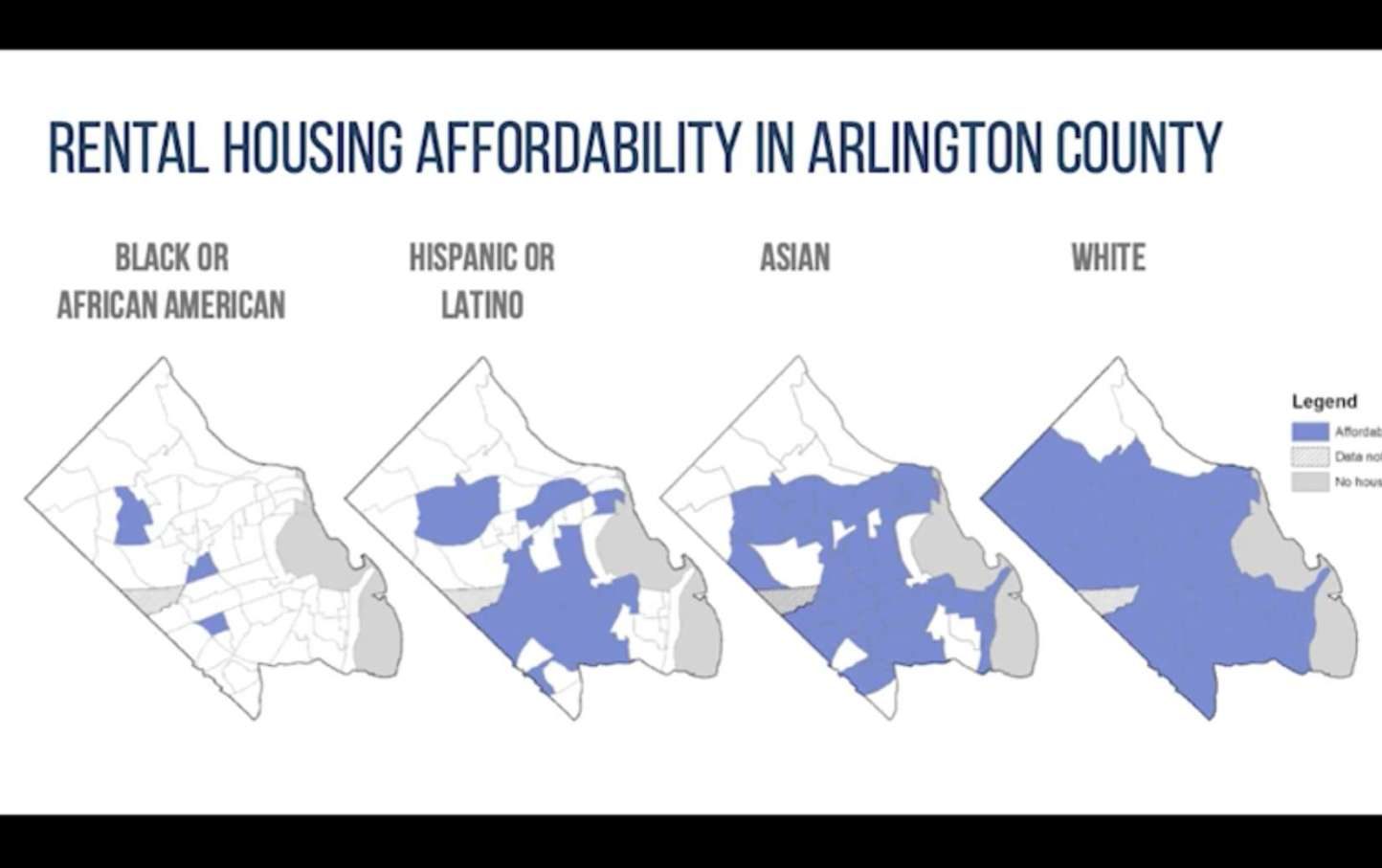In 1900, Black people comprised more than a third of Arlington’s population and lived in 12 neighborhoods in the county.
Over the last 100 years, however, the population and the variety of places Black people can afford to live has dwindled, according to a new video from the Alliance for Housing Solutions, a local advocacy organization.
People who identify as Black currently account for 8% of the population, according to Arlington County, and the Alliance video said those who make the median income for Black residents can afford rent in only three census tracts.
The video chronicles the decisions at the local and federal level — combined with gentrification, rising housing prices and a lack of options — that have forced out much of Arlington’s Black residents.
It ends with a message supportive of Arlington’s Missing Middle Housing Study, which is exploring options for allowing more types of small-scale multifamily housing, in more parts of the county, via zoning changes.
“It’s time to ask ourselves if we are ready to dismantle the walls of indifference once and for all and build an Arlington where people of all walks of life are welcome and can afford to live,” the video says.
The video comes a few weeks before the virtual kick-off event for the “Missing Middle” study on Wednesday, Oct. 28.
The housing patterns seen in Arlington today were set in the first half of the 20th century, the video says. Construction rates for suburban single-family homes and garden apartments boomed, but many deeds in Arlington restricted ownership to white people. In 1938, Arlington banned row houses — the primary type of housing for Black residents, and a common feature in Alexandria and Washington, D.C. — which were deemed distasteful.
Some barriers were legal, while others were physical.
In the 1930s, residents of whites-only communities around the Black neighborhood of Hall’s Hill built a 7-foot cinder block wall to separate their communities. In the 1940s, the federal government evicted Black neighborhoods to build the Pentagon and nearby roadways.
Although the Civil Rights Era ushered in school desegregation as well as open and fair housing laws, both federal and local, the video says many parts of Arlington look no different than when they were building during Jim Crow and legal segregation. Historically Black neighborhoods are characterized by aging homes that do not comply with zoning regulations that were put in place after the homes were built.
“In many ways zoning rules that govern Arlington’s low-density residential areas have become more restrictive over time, while only a small part of the county’s land was made available to meet the growing housing needs of the area,” according to the video.
Today, single-family detached homes account for nearly 75% of zoned property in Arlington, according to the Missing Middle Housing Study. The study partially links the shortage of townhomes, duplex, triplex and quadruplex options — called middle in reference to their size, not their price point — to policies with racist origins.
A reversal of some of Arlington’s restrictive zoning policies is a deliberate choice “the County could make to correct the mistakes of the past and pave a new path for Arlington’s future,” the study’s authors wrote. If Arlington chooses to do nothing, “the structural barriers and institutional racism embedded in the County’s land use policy would remain.”
Screen shots via Alliance for Housing Solutions/YouTube


